How core-mantle differentiation influenced the distribution of volatile elements on Earth. Imagine Earth’s history as a mystery novel, with one of its greatest unresolved questions being: Where did all the nitrogen go? Scientists have long…
Category: Earth
-
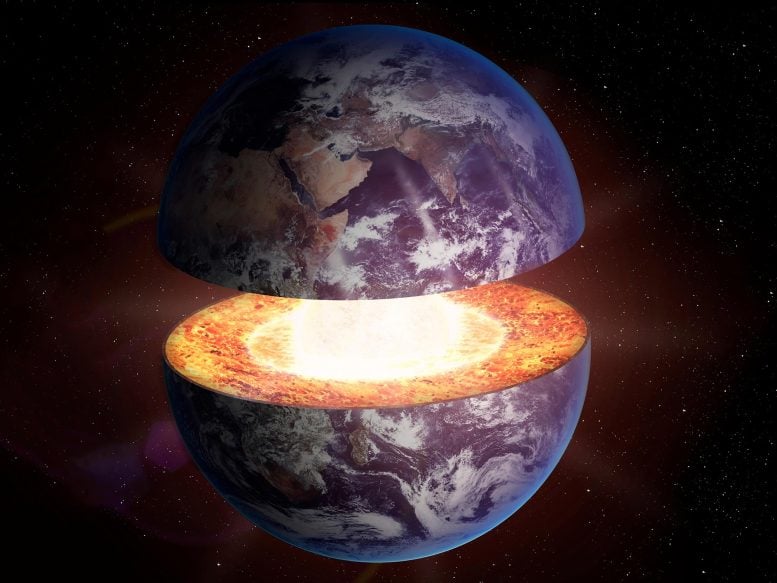
Cosmic Hide-and-Seek: Scientists Solve a 4.6-Billion-Year-Old Nitrogen Mystery
-

From Nature to Notebooks: How Psychedelics Inspire Creativity
How can psychedelic drugs influence critical thinking and creativity? This is what a recent study published in PLOS One hopes to address as a pair of researchers from the University of Graz in Austria…
Continue Reading
-

MIT’s Lift-Off Technique Paves the Way for Ultralight Electronics
How can electronic “skin” help advance the electronics and computer industry? This is what a recent study published in Nature hopes to address as a team of researchers from the Massachusetts Institute of…
Continue Reading
-
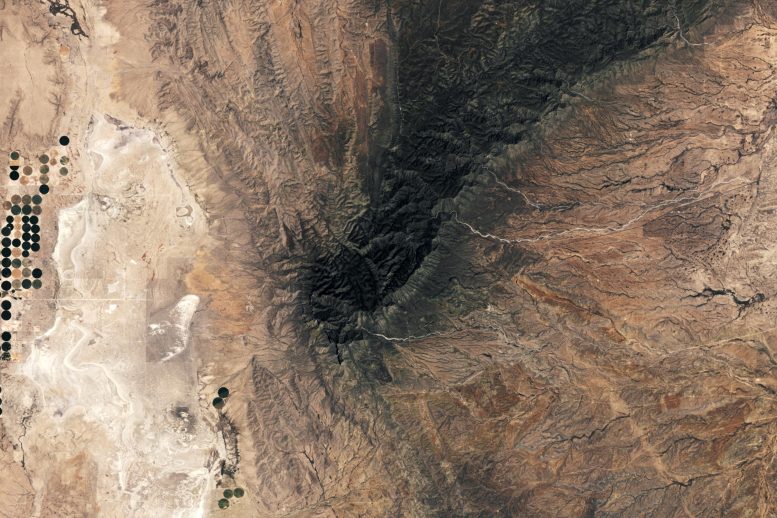
This 250-Million-Year-Old Reef Became a Mountain in Texas – And It’s Packed With Fossils
Beneath the towering Guadalupe Mountains of Texas lies a dramatic story of transformation. Once part of an ancient sea, the fossilized Capitan Reef now forms craggy peaks and iconic cliffs like El Capitan and Guadalupe Peak. This region, rich in…
Continue Reading
-

When Earthquakes Write History: Sediment Cores Uncover Seismic Secrets of Devastating 1976 Earthquake
Lake sediment cores in Guatemala reveal directional ground shaking from the 1976 earthquake, offering rare insight into seismic directivity and helping reconstruct a 4,000-year paleoseismic history. Sediment cores collected from four lakes in…
Continue Reading
-
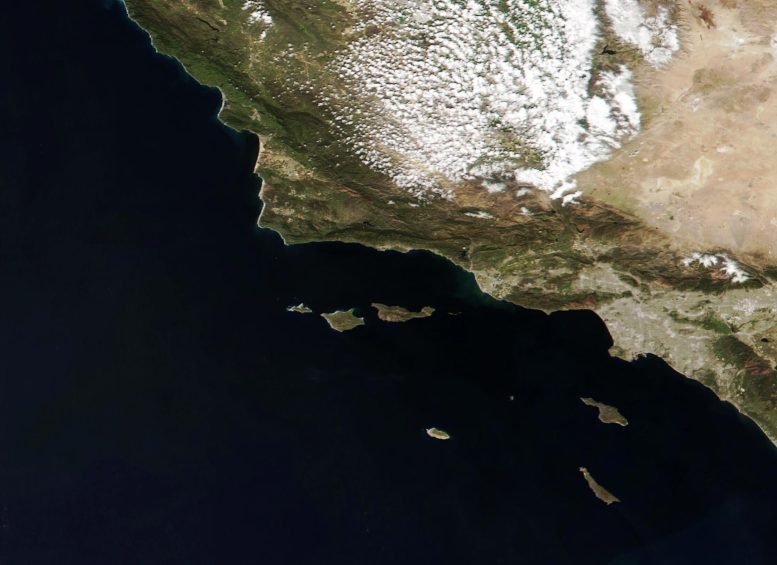
Wild Islands Hiding Just off California’s Coast – And Why Scientists Call Them ‘Galápagos’
California’s Channel Islands, often called North America’s Galapagos, are home to a stunning array of unique wildlife and landscapes. From San Miguel’s windswept pinniped rookeries to Santa Cruz’s colossal sea cave and diverse endemic…
Continue Reading
-
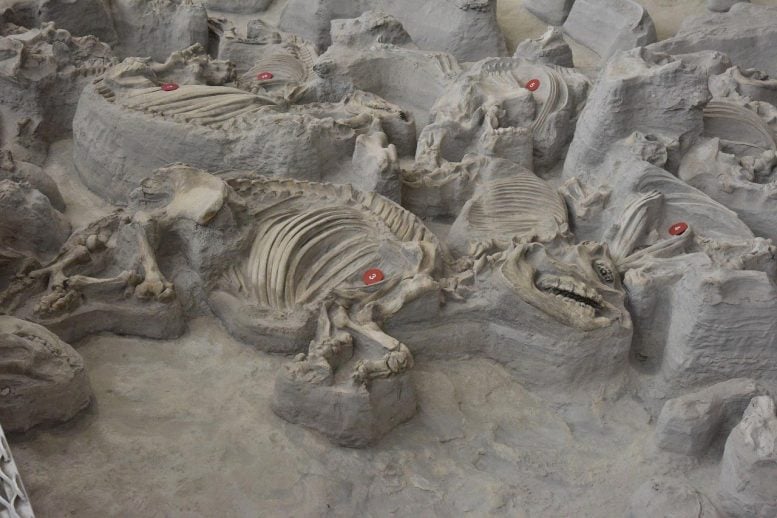
Ancient Fossils Reveal Massive Rhino Herds Once Roamed Nebraska
Volcanic eruption from 12 million years ago preserves a snapshot of extinct animal life. Rhinos that once roamed much of North America 12 million years ago likely lived in large herds, according to a new study by the University of Cincinnati….
Continue Reading
-
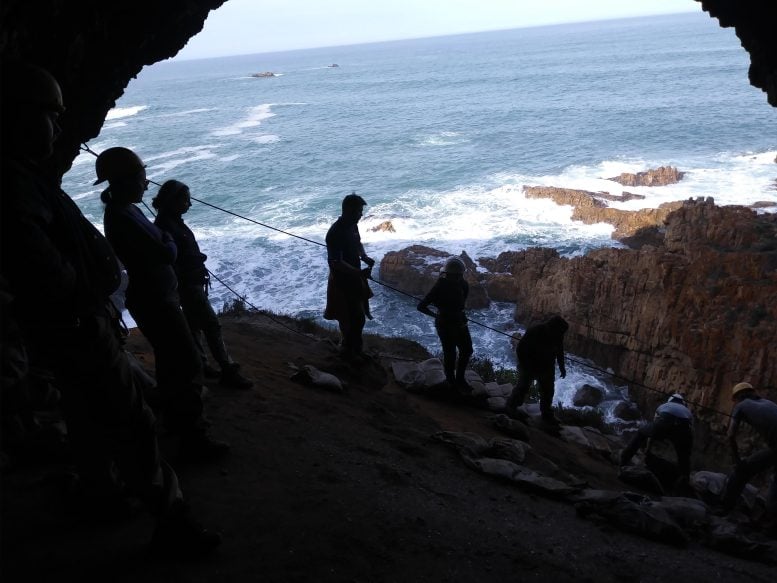
Ice Age Social Network? Ancient Stone Tools Hint at Shared Knowledge
Tools from South Africa’s Robberg caves match styles found in Namibia and Lesotho, suggesting early humans shared methods and maintained widespread connections. In a cave perched above the ocean on South Africa’s southern coast,…
Continue Reading
-

You Could Be at Risk: Earthquake Fault Zones Far Wider Than Previously Thought
Fault zones are often wide, branching networks rather than narrow lines, requiring a shift to 3D models for better earthquake prediction and hazard analysis, while narrow creep zones highlight potential errors in interpreting past seismic events….
Continue Reading
-
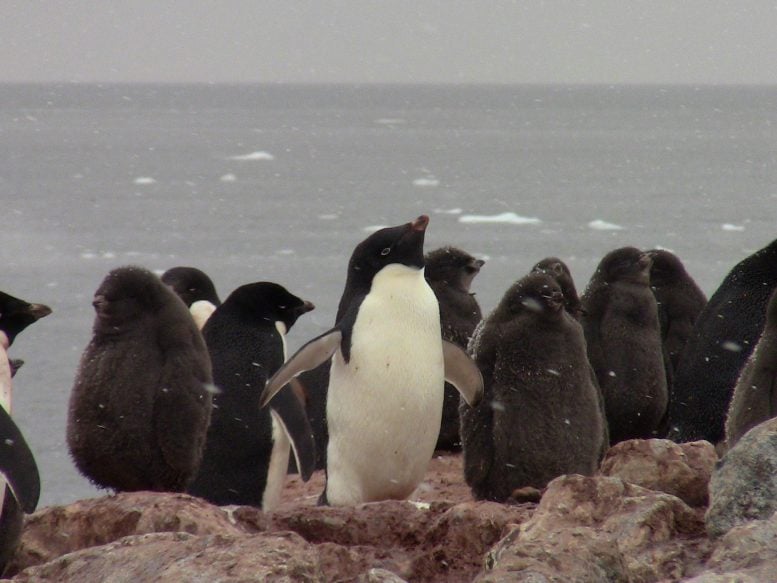
New Clues From Penguins Warn of a Global Mercury Crisis
Rutgers’ research reveals the widespread presence of mercury pollution in Earth’s polar regions. In 1962, environmentalist and author Rachel Carson published Silent Spring, warning the world about the dangers of the pesticide DDT. Her work drew…
Continue Reading